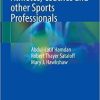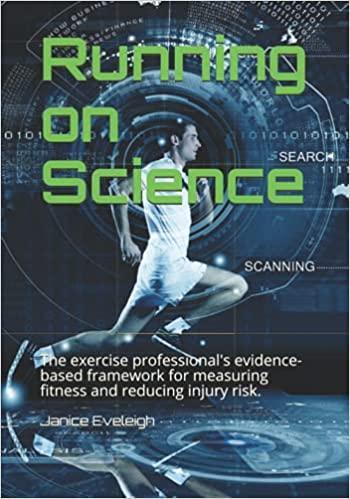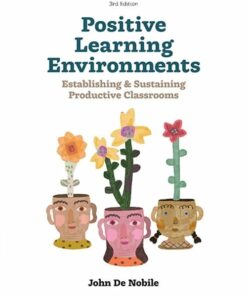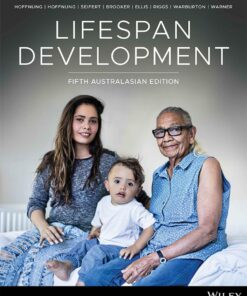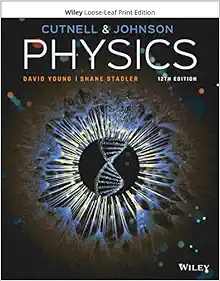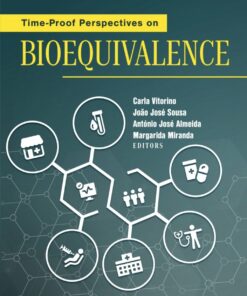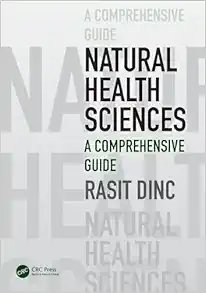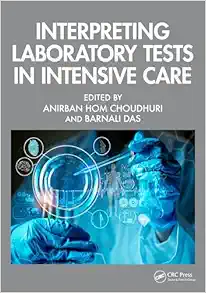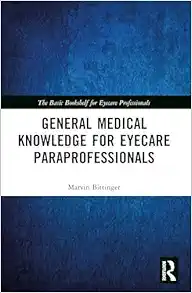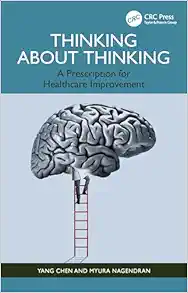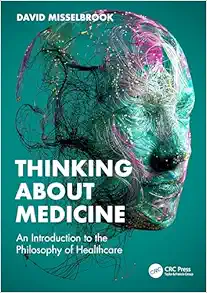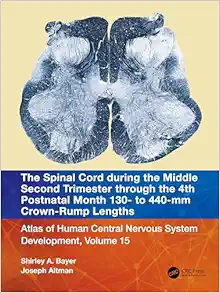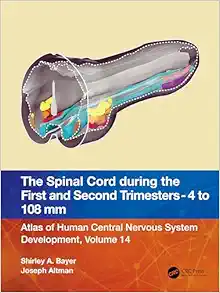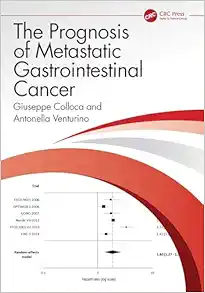Running on Science: The exercise professional’s evidence-based framework for measuring fitness and reducing injury risk.
7 $
Delivery time: Maximum to 1 hours
Running on Science: The exercise professional’s evidence-based framework for measuring fitness and reducing injury risk.
Are you interested in training or coaching runners? Are you looking for ways to motivate them to succeed and keep them injury-free? Use evidence-based science to help your running clients reduce injuries and improve performance. There is now a larger need for training and coaching of a more educated runner, and a greater need for evidence-based, quantifiable, results-driven analysis to motivate these runners.
This is a book for personal trainers, kinesiologists, physical therapists, and other exercise professionals looking to succeed with runners. I review the evidence-based methods of exercise science, kinesiology, physical therapy, and biomechanics that promise to unlock your clients’ full training potential. If you can measure and quantify something, you can track it, and see how it changes with exercise. You can Implement evidence-based systems that help minimize the risk of overtraining injuries and improve performance. This book provides a framework based on the latest research for the evaluation of runners.
Average runners may also benefit from this book if they have some knowledge of biomechanics, physiology, and a passion for learning. There have been few books on evidence-informed assessment techniques for exercise professionals, so this book helps to meet the needs of a diverse readership. There are also extensive footnotes citing literature in the fields of biophysics, physiology, and athletic performance to stimulate the interest of more advanced readers.
- How do you measure and progress load to minimize injuries and improve performance according to the latest research?
- How do you measure a runner’s capacity to manage their training load?
- What biomechanical characteristics make up a runner’s capacity for running? What static and dynamic measures can we quantify? Which characteristics are even relevant?
- What characteristics put a runner at risk of injury and how you can measure those characteristics? How do you measure control during running? I will present a couple of simple tests developed through research and outline a reliable and validated method of grading and quantifying compensatory stabilizing strategies that runners commonly use when they lack dynamic control.
- I discuss a quantitative and dynamic representation of a runner’s preparedness to train.
- How do you estimate a runner’s VO2max and why is this physiology important? I present different methods of predicting a runner’s maximal oxygen consumption based on their demographic.
- I will show you how to predict running performance using tests you can perform in the gym.
- I provide evidence supporting the use of gait analysis and list some online resources.
- What is running economy and how can we change it?
- I discuss fatigue and the overtraining continuum, how to identify it early, and how to prevent it.
If your running clients have a goal of completing a marathon or just improving their 5k time or maybe you’re looking to expand your personal training practice into the growing field of coaching runners, you will find this science useful. When you find out where your clients stand in terms of training and capacity and where they want to be, you will have the information to create a roadmap to their next race. You need to give your clients objective measurable data to show them where they are, where they need to be, and how you will get them there. I provide you with the tools and worksheets you can take to the gym or the track and start using right away to measure and quantify that which sets runners apart.
Product Details
- Publisher : Physipub Media (May 16, 2021)
- Language : English
- Digital eBook : 318 pages
Related Products
Basic Medical Book
Basic Medical Book
Caring For School-Age Children (Canadian Edition), 2nd Edition (PDF)
Basic Medical Book
Positive Learning Environments: Establishing and Sustaining Productive Classrooms, 3rd Edition (PDF)
Basic Medical Book
Basic Medical Book
Healthcare Coverage: Legislation, Outcomes and Universal Coverage (PDF)
Basic Medical Book
Basic Medical Book
Basic Medical Book
Basic Medical Book
Microencapsulation of Probiotics: Challenges and Future Prospects (PDF)
Basic Medical Book
Mental Pain: A Focus on Diagnoses and Treatments in Clinical Psychology and Psychiatry (PDF)
Basic Medical Book
Basic Medical Book
Airborne and Biological Monitoring to Assess Occupational Exposure to Isocyanates (PDF)
Basic Medical Book
Proton Therapy Physics (Series in Medical Physics and Biomedical Engineering), 3rd Edition (PDF)
Basic Medical Book
Proton Therapy Physics (Series in Medical Physics and Biomedical Engineering), 3rd Edition (EPUB)
Basic Medical Book
An Introduction to Generative Drug Discovery (Drugs and the Pharmaceutical Sciences) (PDF)
Basic Medical Book
An Introduction to Generative Drug Discovery (Drugs and the Pharmaceutical Sciences) (EPUB)
Basic Medical Book
Particulate Drying (Advances in Drying Science and Technology) (PDF)
Basic Medical Book
Particulate Drying (Advances in Drying Science and Technology) (EPUB)
Basic Medical Book
The Impact of Artificial Intelligence in Radiology (AI in Clinical Practice) (PDF)
Basic Medical Book
The Impact of Artificial Intelligence in Radiology (AI in Clinical Practice) (EPUB)
Basic Medical Book
Basic Medical Book
Basic Medical Book
Basic Medical Book
Basic Medical Book
Basic Medical Book
Basic Medical Book
Basic Medical Book
Basic Medical Book
Basic Medical Book
Basic Medical Book
Supramolecular Synthons in Crystal Engineering of Pharmaceutical Properties (EPUB)


 Bioethics: What Everyone Needs to Know ® (PDF)
Bioethics: What Everyone Needs to Know ® (PDF) 